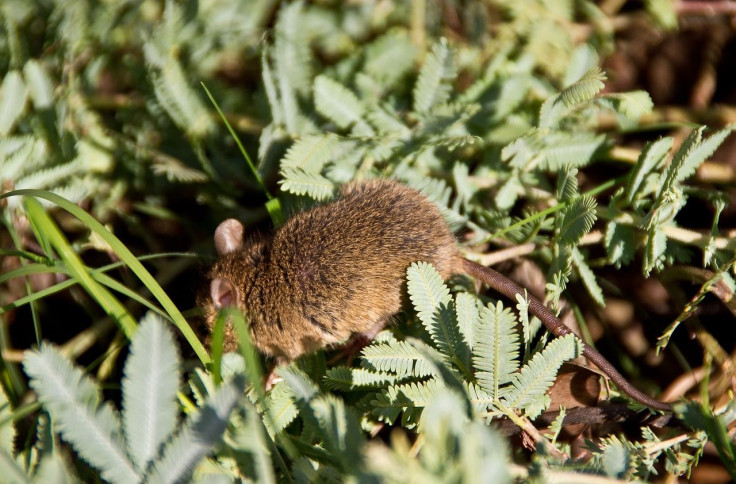These Adorable Australian Marsupials Can Crawl Before Growing Their Skeleton
KEY POINTS
- The fat-tailed dunnart is among the smallest carnivorous marsupials
- Researchers created a detailed series of the fat-tailed dunnart's growth
- Scans show they don't have mineralized bone tissue "anywhere in their body" at birth
Fat-tailed dunnart joeys are smaller than a grain of rice when they're born, which makes them really interesting. Researchers have found another incredible thing about the marsupial mice -- they crawl at birth even before growing their skeletons.
Australia is a country that's teeming with unique creatures, from iconic kangaroos and koalas to the more unique crest-tailed mulgara, which was once believed to be extinct.
Perhaps lesser known among the creatures of the country are the dunnarts. These are among Australia's 19 nocturnal marsupial mice species, the University of Melbourne noted in a news release.
For their project, a team of researchers had a closer look at the fat-tailed dunnart, which the University of Melbourne noted to have recently been an "important model species." They're rather small with a head and body length of just 60-90 millimeters and a weight of 10 to 20 grams. They look quite like mice although their last common ancestor existed about 160 million years ago.
"Marsupials are also an invaluable resource for mammalian comparative biology as they form a unique lineage distinct from the extant placental and egg-laying monotreme mammals," the researchers wrote. "Despite their unique biology, marsupial resources are lagging behind those for placental mammals, largely due to the lack of a well-developed, laboratory-based marsupial model species."
This is where the fat-tailed dunnart comes in. These creatures are among the "smallest carnivorous marsupials." They have the shortest pregnancies among mammals at just 13.5 days and are born at a size that's smaller than a grain of rice. This and their being "amenable to experimental manipulation" makes them an "excellent candidate" for a laboratory marsupial model, the researchers noted.
In their study, the researchers focused particularly on fat-tailed dunnarts' "skeletal heterochrony." To do this, they raised a colony of dunnarts and examined the joeys from birth using micro-computed tomography to collect 3-D images of their "internal structure."
Interestingly, the researchers found that the joeys actually had "no mineralized bone tissue anywhere in their body" on the day of their birth even though they could already crawl to the pouch and attach to their mother's teat.
New insights into the development of the marsupial mouse show they crawl before growing a bony skeleton! @Laura__Cook @BioPS_unimelb @AJ_Pask @AxelHNewton @SciMelb
— UniMelb Newsroom (@uommedia) September 6, 2021
→https://t.co/SoQecfnG7w pic.twitter.com/PPA9YWGrtM
"This was somewhat of a surprise as we know that other marsupial species like kangaroos and tammar wallabies have accelerated development of the forelimb and oral bones with these bones present before or at birth," the university news release noted.
It wasn't until 24 hours after birth that the researchers saw the "first bones" in the creatures' jaws and forelimbs.
"This study provides the first skeletal developmental series on the fat-tailed dunnart and provides a fundamental resource for future studies exploring mammalian diversification, development and evolution," the researchers wrote. They even provided videos and images of the data they gathered.
"This CT scans series has allowed us to pinpoint when every single bone in the dunnart first appears and will be an incredibly useful resource for studying the evolution of the jaw and forelimbs," the university news release noted, adding that the researchers' work could help inform conservation strategies.
This is because even if the fat-tailed dunnart itself is not endangered, other dunnart species are. And according to the university, a third of all Australian marsupials are already threatened with extinction.

© Copyright IBTimes 2024. All rights reserved.






















